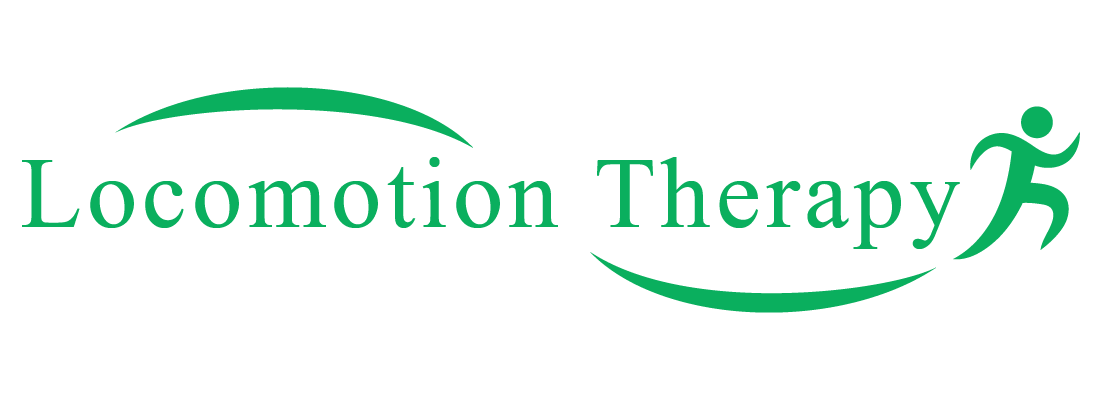What Is Pain And Where Does It Come From?
The first step in your recovery strategy is understanding what pain is and where it comes from. Firstly pain is a message sent from the central nervous system within the brain. The nervous system delivers this pain response from site of injury to the brain. After an physical, emotional or mental trauma occurs the nervous system can overstimulate the localized site of injury and begin to play a role of “protection” or guarding of that particular area. Contributing factors that feed the pain cycle are:
- continuous stress and/or anxiety
- low grade stress
- standing on your feet all day
- right or left side dominant activities
- memory
- time- how long you have been in pain
Now consider how long you have been dealing with your particular issue and with time, the nervous system becomes more sensitive to pain around that specific area and continues to feed the pain cycle. This can be seen as chronic tension held in the neck/ shoulders, hips. As well as feeling excruciating pain with the slightest touch to the localized area. This can also be seen as “guarding” an particular injury. Say you sprained your ankle 20 years ago, while during that time your body created a new stability pattern around that injury. Consider how that would affect the rest of your body…
Check out this short video explaining pain:
Gathering Information
Now that you understand how pain is processed within the body, consider each traumatic event that has occurred in your life and why each is so important.
- History
- Physical, Emotional, Mental Trauma
- falls
- major bone breaks
- repetitive use injuries
- Surgeries/ Procedures
- Any cut to the skin including c-sections, knee surgeries, etc….
- Low grade stress
- Sitting in an particular position throughout the day (i.e. rotating to the left while looking at an computer screen, holding an phone to your right ear, etc.)
- Memory
- Time
Any and all information we can gather, the better we can understand your body’s ability to process pain and faulty motor control patterns. Consider the timing of events and issues you may have experienced on both sides of your body. For example you tore your right medial meniscus and soon after experienced tension in you left hip that has not gone away, consider how your body has trained itself to move around that particular injury in the right knee?
Creating Your Recovery Strategy
You play an important role in your individual recovery strategy. By being a part of your healing process you will be given the tools to be successful outside of the treatment room.
As a team we will discover the root event of your pain and define your treatment goals.
- Reduce pain and inflammation
- Increase movement, functionality to the localized area
- Begin to unwind any dysfunctional movement patterns
- Introduce pain free movement and function
How We Do It.
As an manual movement therapist, I will be using Neurokinetic Therapy and Integrated Cranial to reconnect motor control patterns that were previously missing. We will be using Anatomy in Motion to help you see what movements are currently missing and reintroduce what your body could not access before. We will use various soft tissue techniques including Active Release Technique to restore compensatory tissue that may be restricting or preventing healthy movement patterns.
How Long Will This Take?
Now that we understand pain and how many key factors are taken into account, we can understand how long an process may take. Unfortunately I cant tell you that you will be 100% better in any number of sessions. No one can. Consider the following:
- How long have you been experiencing this pain?
- The longer you have been dealing with pain, the more time it will take.
- Will you invest the time to take care of yourself?
- If you invest in yourself and promote self healing by doing the exercises given to you every day. You will see measurable progress much faster.
- Can you let go of your pain?
- Since you have become used to living in pain, can you let it go and allow new motor control patterns to take place? Usually those that have an optimistic attitude and put in the work it takes, see progress much faster.
As you can tell, there is no I in team. The magic of you doing the work is experiencing what your body is truly capable of.
